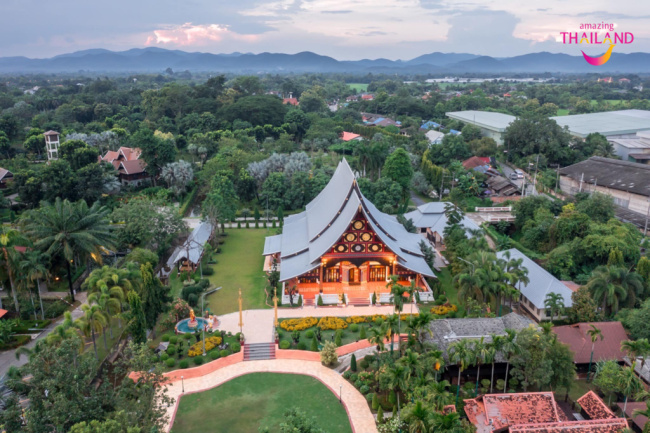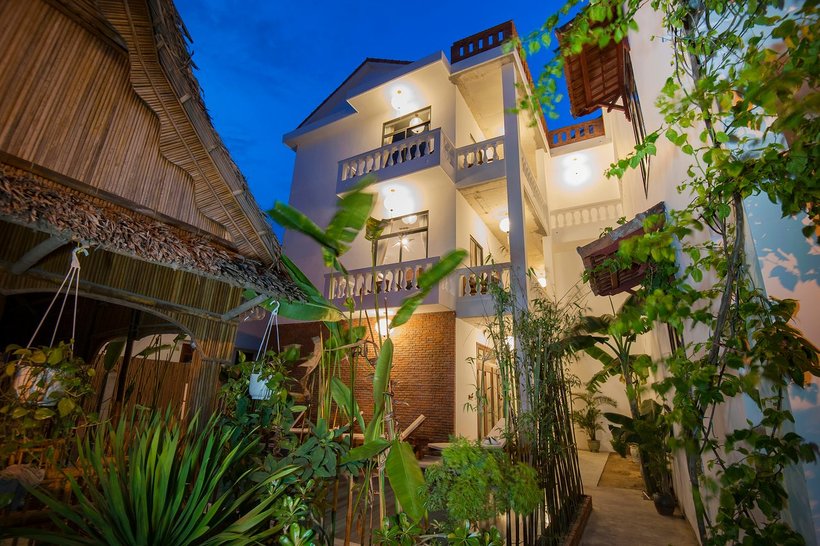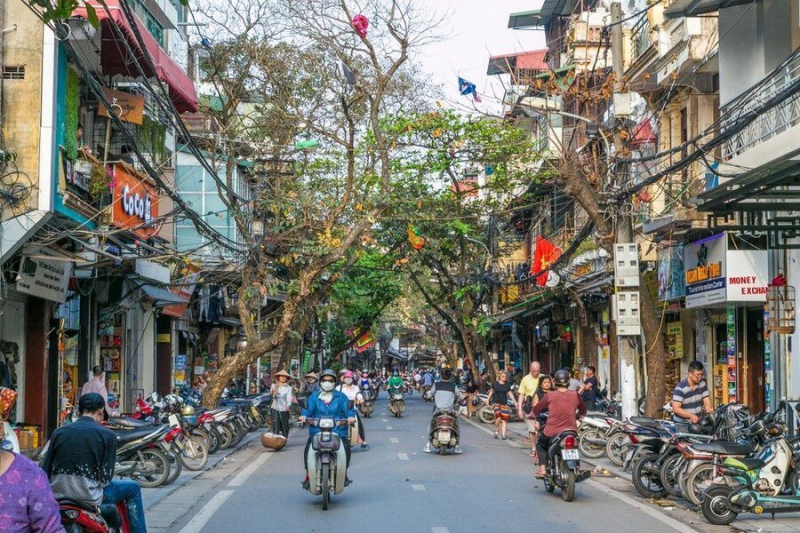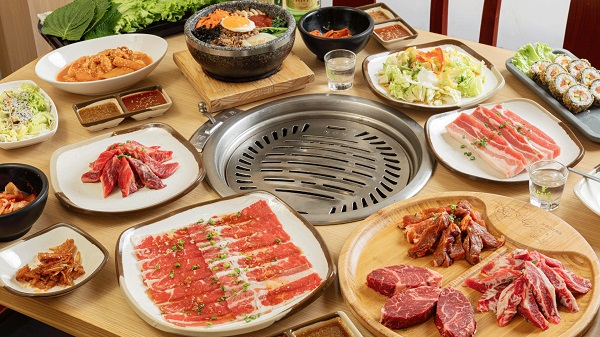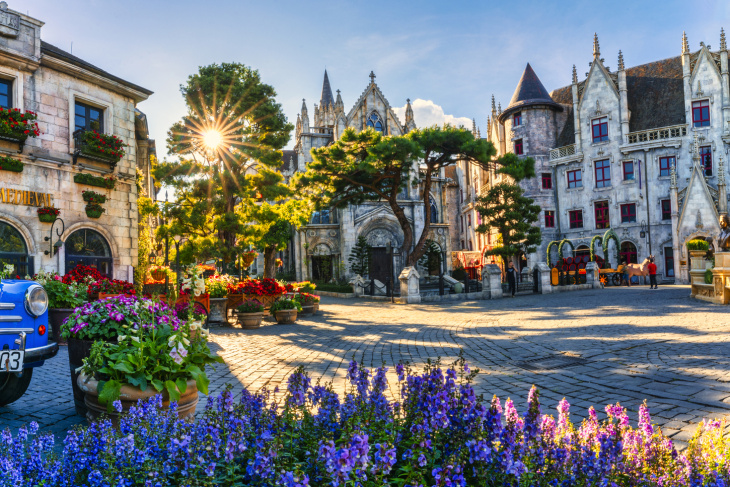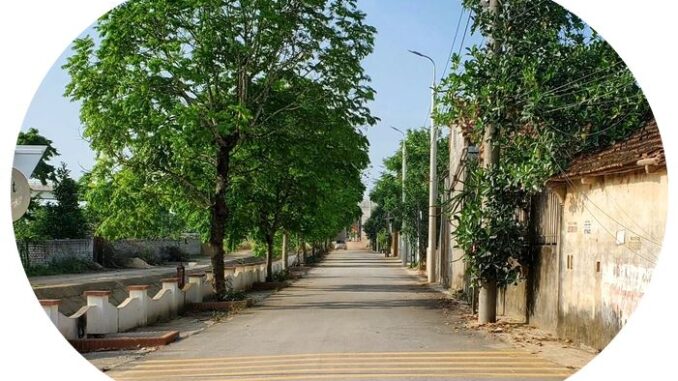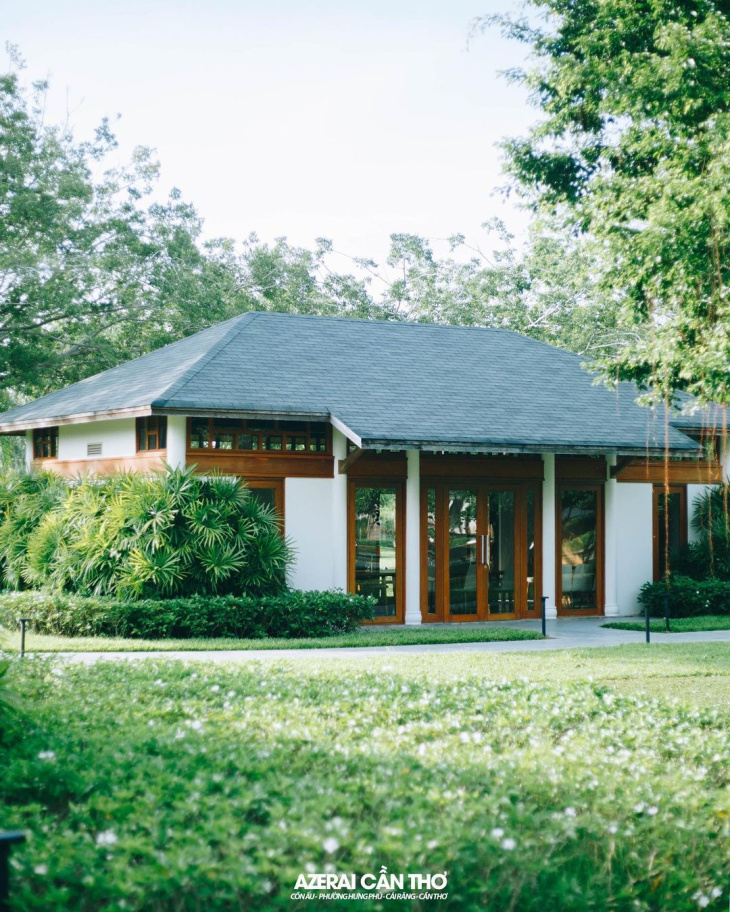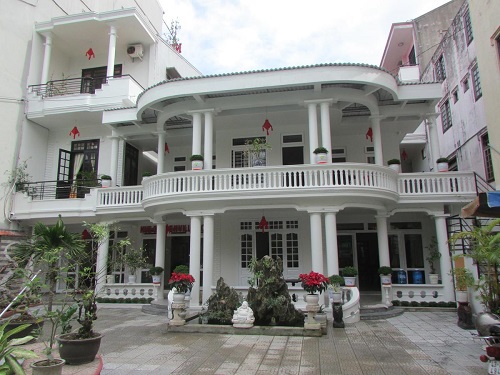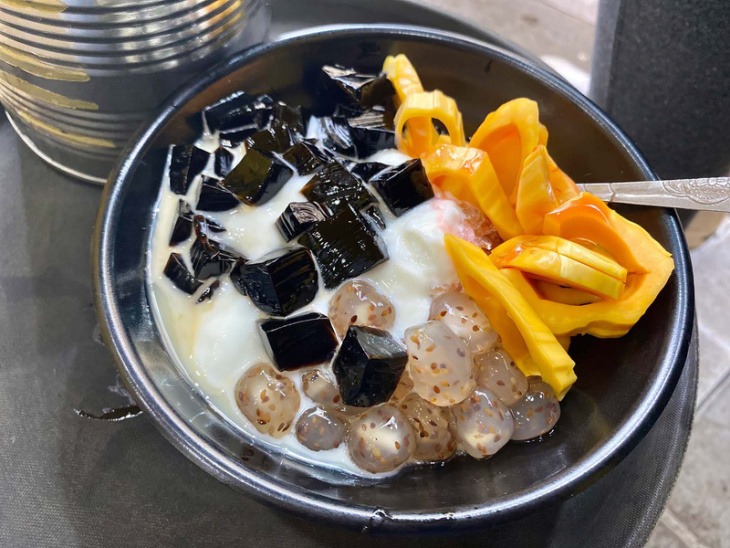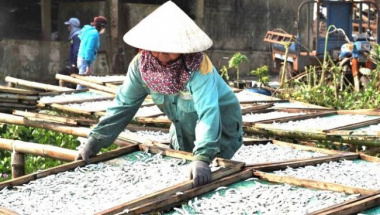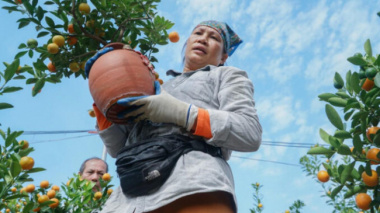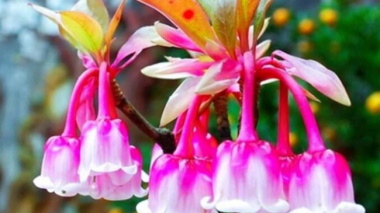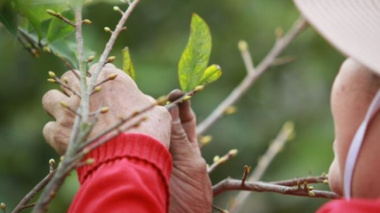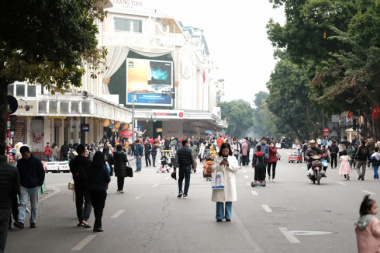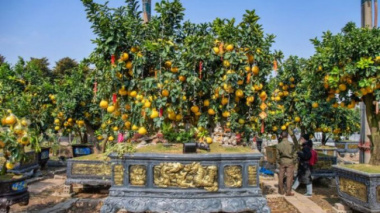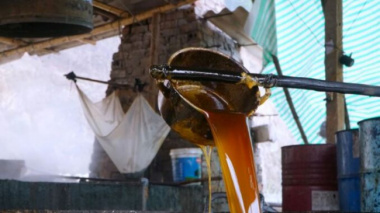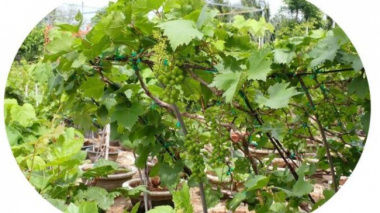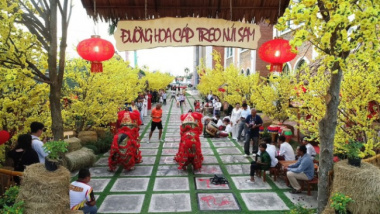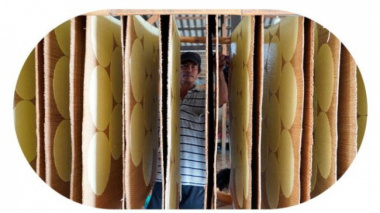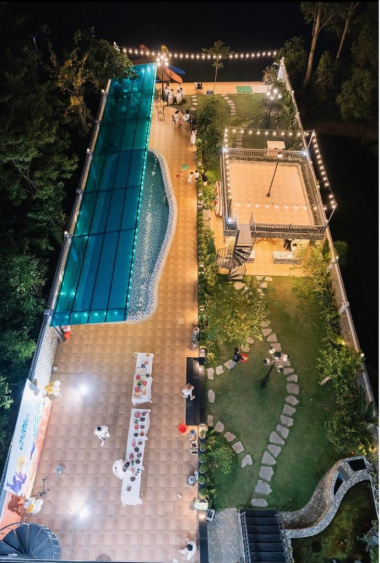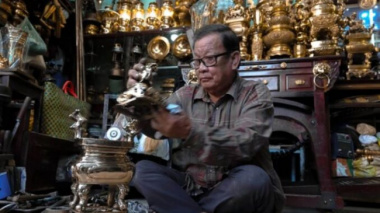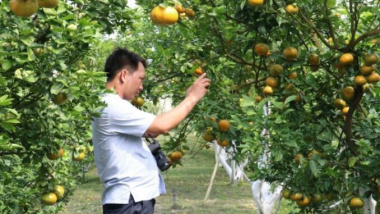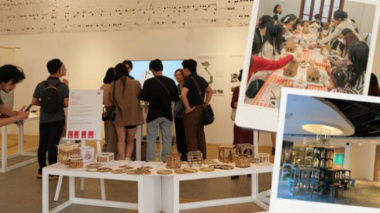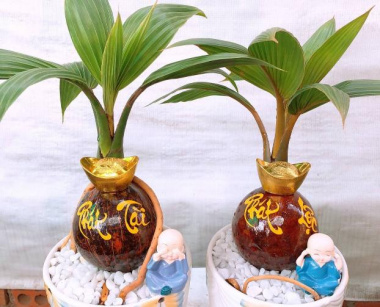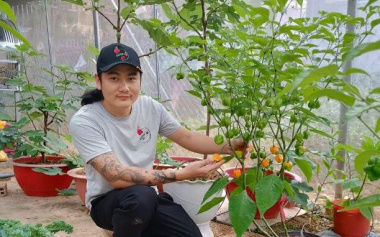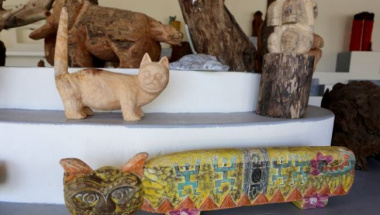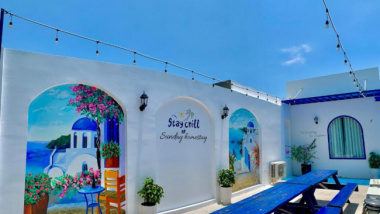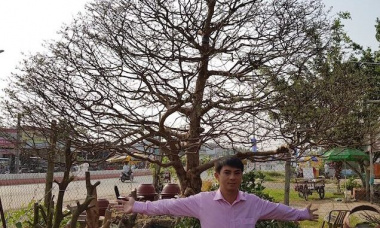Hanoi’s traditional craft villages – where the ancient culture of Ha Noi is preserved

From craft villages that make beautiful hand-painted ceramics, brightly colored lacquer wares, or artistic embroideries to silk villages, woodcarvings, and pearl inlays,… Hanoi’s traditional craft villages are an interesting destination for you on weekend trips to explore the capital.
Long-standing traditional craft villages in Hanoi
1. Bat Trang Pottery Village
Referring to the traditional craft village in Hanoi, this famous place cannot be ignored. Located about 13km from the city center, Bat Trang is home to skilled craftsmen. After Thang Long (now Hanoi) became the Capital in the 10th century, craftsmen came to meet the people’s growing demand for pottery.
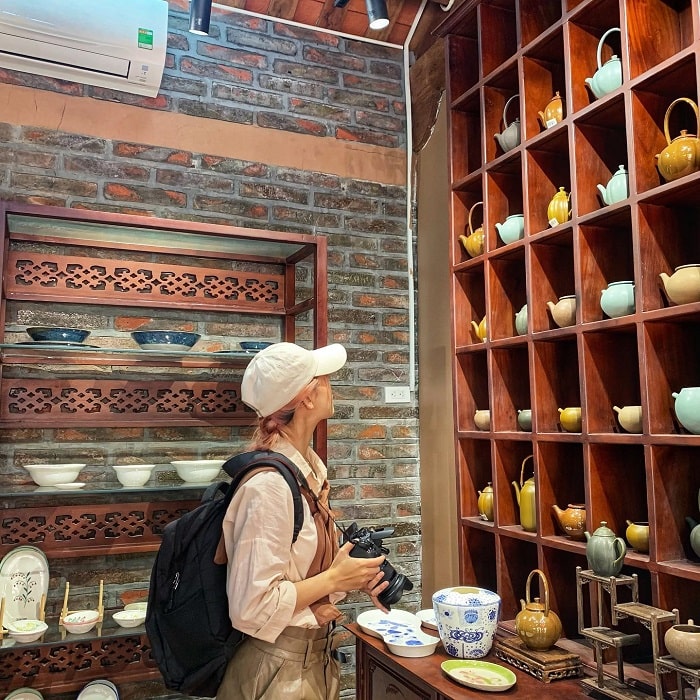
With such a long history of pottery, Bat Trang is not only famous in the country but also internationally and has become a familiar destination for families and tourists alike. Becoming the leading prominent cultural tourist destination in Vietnam. Here you can take a walk on the narrow path, watching the potters like to dance. Check in with the Ceramic Museum built in a unique spiral shape, ticket price: 30,000 VND/person.
- Address: Bat Trang village, Bat Trang commune, Gia Lam district, Hanoi.

2. Ha Thai Lacquer Village
Coming to one of the quite typical Vietnamese villages, you will feel the quiet atmosphere. The craft village dates back to the 17th century with many talented and skillful workers. Visit one of the houses here and you’ll see the villagers making their lacquer. Some are inlaid silver and mother-of-pearl onto the wood, others are finishing and polishing the product. The products are not only sold domestically but also exported to the whole world.
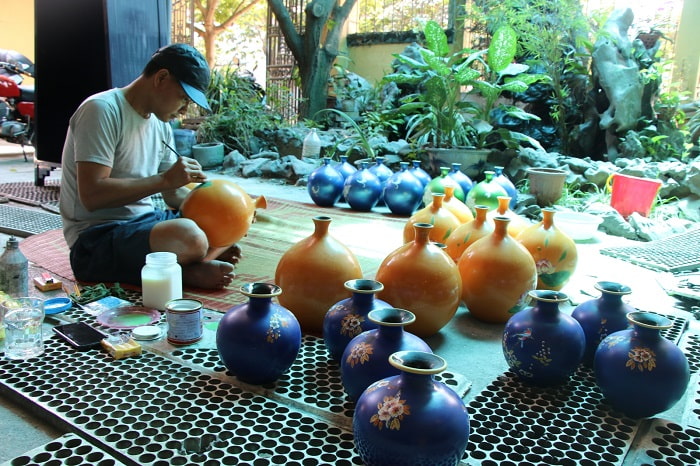
Visiting Ha Thai lacquer village, you will feel that this work takes a lot of effort to create the soul of lacquer. Lacquer products go through up to 20 steps, with all the different steps involved, lacquerware can take up to 100 days before being ready for export. Not only traditional lacquerware products here are also increasingly modern, with unique color materials.
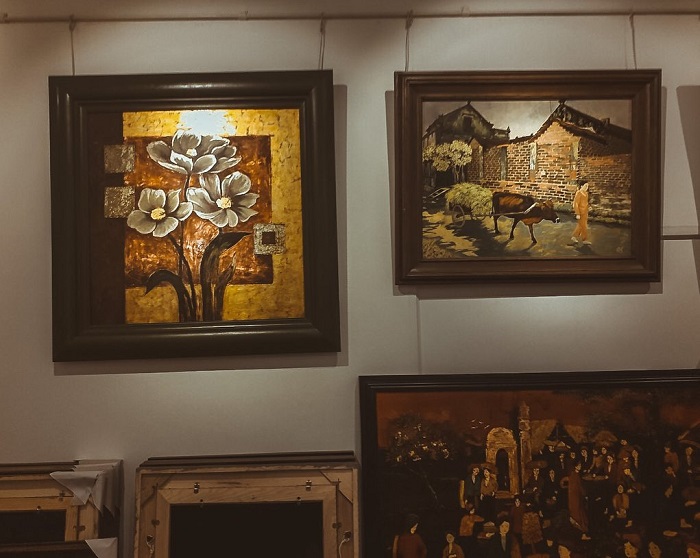
3. Ngu Xa bronze casting village
This bronze casting village originated in the 17th century in Ngu Xa Street, Ba Dinh District, Hanoi. In the ancient history of Thang Long, this traditional craft village in Hanoi was considered as one of the “four elite professions”. By the 20th century, the society was becoming more and more modern, so this craft village was shrunk due to the influence of urbanization. There are fewer business establishments, instead, new neighborhoods and restaurants sprang up.
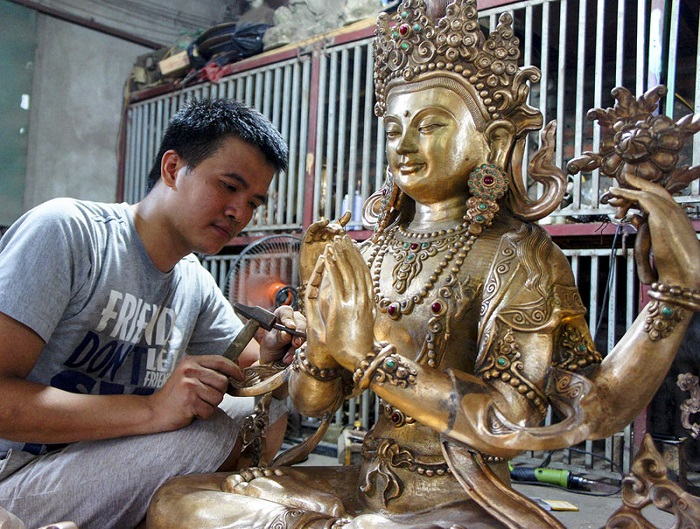
The noodle shops in Ngu Xa today are extremely famous, attracting many people to eat. From the city center, you go in the direction of Hang Luoc – Hang Than – Nguyen Khac Nhu, go all the way to Ngu Xa; take bus number: 33, 31, 41, 50, 55, 58 . Or go to 178 Tran Vu, Ba Dinh to admire the famous bronze castings of artisans in this craft village.
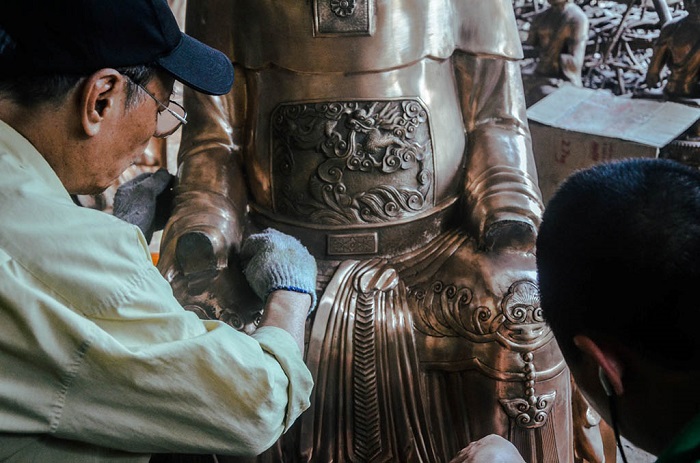
4. Chuon Ngo mussel mosaic village
Mussel mosaic craft appeared in the 11th century at the beginning of the Ly Dynasty by Truong Cong Thanh, who was not only a master of literature but also breathed a creative soul into the craft of mussel mosaics, helping people get out of poverty. Some of the master craftsmen of this village produced trays and furniture for the court. Hanoi travel experience , the delicate products here are very suitable for you to display and use in your home.

Chuon Ngo village today belongs to Chuyen My commune, Phu Xuyen district, Hanoi. Coming here to visit, you can see how hard this profession is, to create more sophisticated products than other places, you have to go through many meticulous stages. From drawing patterns, cutting, gluing to wood and chisels to gluing pearls, flattening, polishing the border paper to make the textures stand out, varnishing, etc. Despite experiencing many historical events, the products here are inlaid with pearls. Still unique, trusted by many people.
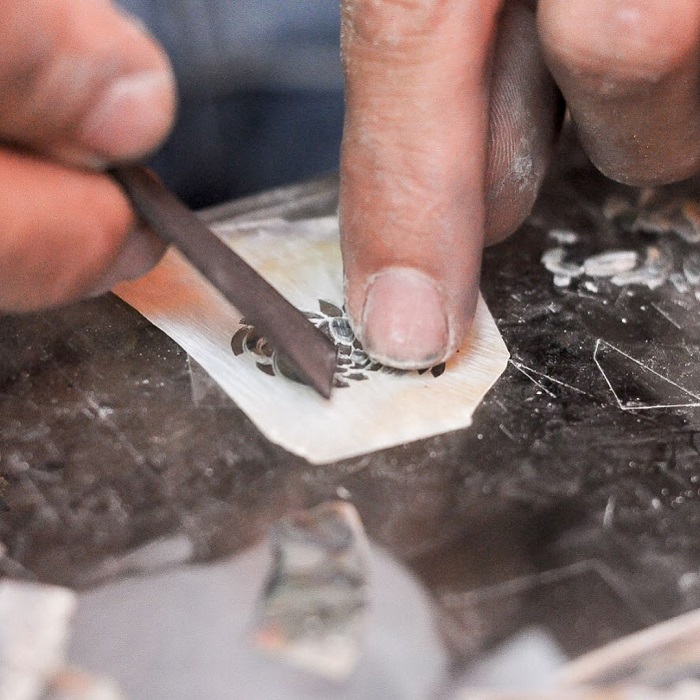
5. Van Phuc Silk Village
Once you’ve explored Hanoi’s bustling Old Quarter and sampled delicious street food, this is one of Hanoi’s traditional craft villages that you can visit right in the city. Silk village in Van Phuc ward, Ha Dong is the oldest and still active silk village in our country.
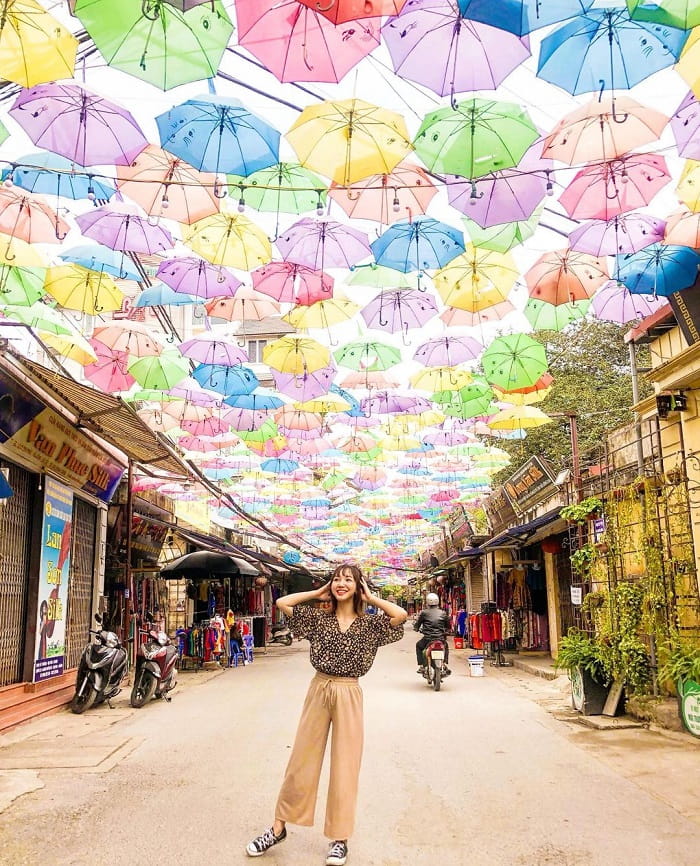
Passing through an ancient gate that is considered the entrance of the village, you will find yourself walking on a path with colorful umbrellas hanging over your head. The street is lined with rows of silk shops where you can browse products ranging from uncut silk to silk ao dai. Deeper inside are temples commemorating the village’s founders, and exhibits showcase old looms and other traditional tools used to weave silk.
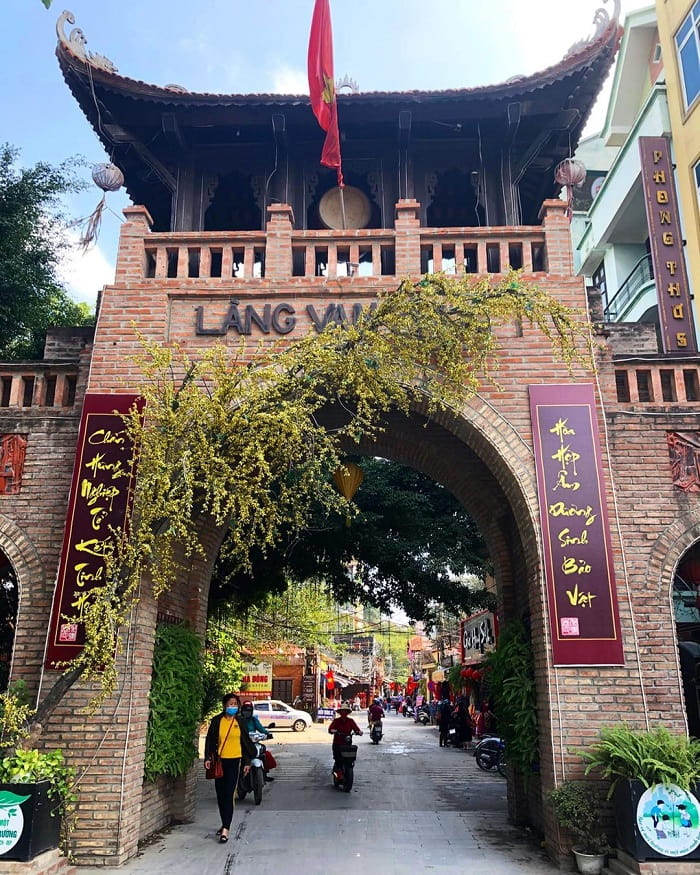
If you are going to buy something in Hanoi as a gift for the people at home, silk and silk clothes are available around the village for you to choose from. Although the time when Vietnamese silk was reserved for the nobility has long passed, the romantic and luxurious feeling that silk brings has never changed.

6. Quat Dong Embroidery Village
The embroidery village has been around for a long time, the ancestor of the embroidery craft Bui Cong Hanh was the one who taught the craft to the villagers and to this day the products exported from here are still trusted by many countries from Asia to the United States. At Quat Dong embroidery village, many women embroider at home while taking care of their children and fields, rather than gathering at any one establishment, but the products are still diverse and lively like works of art. .
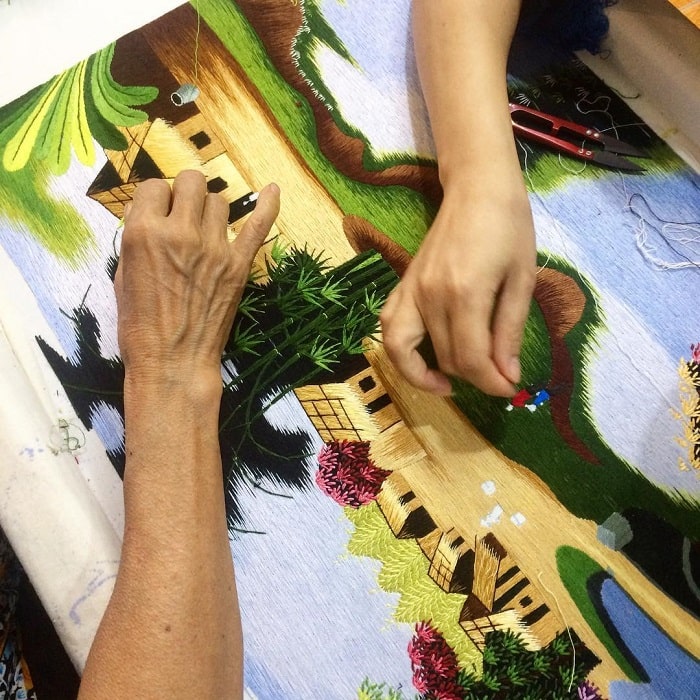
7. Tay Tuu Flower Village
Flower village in Bac Tu Liem ward, long ago famous for growing fresh flowers. Every time you come to this traditional craft village in Hanoi, you will feel different colors. People come to the flower village not only to visit and take pictures, but also to buy fresh flowers from the garden to bring home. To go here, you can move towards Cau Giay – Ho Tung Mau and then continue on road 32, at Tram Troi intersection, turn right for another 2km to arrive.

8. Thach Xa bamboo dragonfly village
Bamboo dragonfly making village in Thach Xa commune, Thach That district. Located right at the foot of Tay Phuong mountain, this place is also the birthplace of a very unique dish. Coming to the dragonfly village, appearing in front of your eyes is the image of countless dragonflies made of bamboo with different sizes and unique colors. After visiting Thach Xa craft village to see the dragonfly making process, remember to visit Tay Phuong pagoda to visit Buddha and enjoy the scenery.
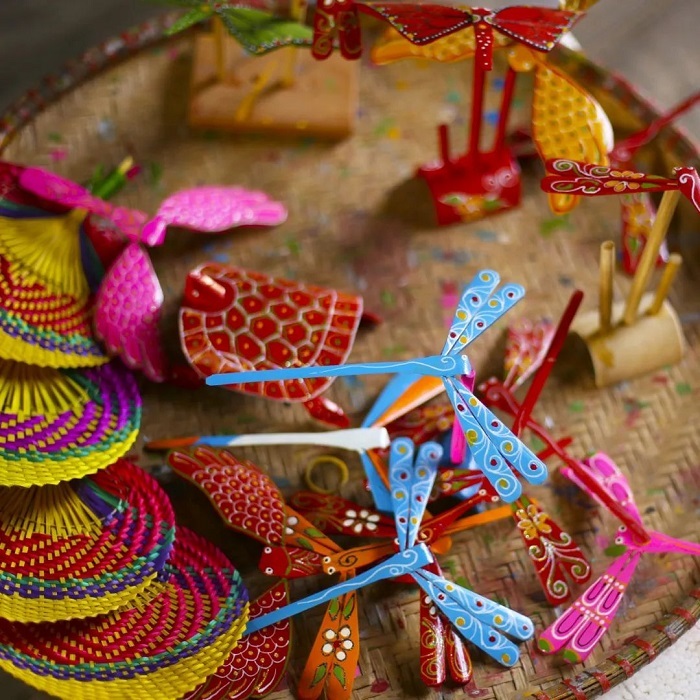
9. Com Vong village
Referring to Hanoi specialties as gifts , the name “com” is indispensable. In particular, the village of Com Vong is the place to produce the famous nuggets, reminiscent of the taste of autumn, leaving in the hearts of tourists when they are far from the capital, unforgettable memories. Going to Vong village in the season of nuggets, walking on the winding roads, you will hear the rhythmic pounding of the pestle. Come see the stages firsthand and immediately enjoy the hot, delicious green nuggets taste.

10. Phu Vinh bamboo and rattan village
A traditional craft village in Hanoi with a history of nearly 400 years belongs to Go Dau village, Phu Nghia commune, Chuong My. Most families have been attached to the profession for a long time, the products made for daily life to decorations, bags, … are diverse but also beautiful. Traditional, meticulous knitting and creativity make the products of this craft village more and more popular.

11. Bell hat village – Chuong My
About 30km from the center, this Hanoi traditional craft village is located on the Day river in Thanh Oai district. Chuong village hats have been famous for a long time, not only used by boys or girls every day but also known as tributes to the court. The special hat market of Chuong village is still held and held on the following days: 4, 10, 14, 20, 24 and 30 .
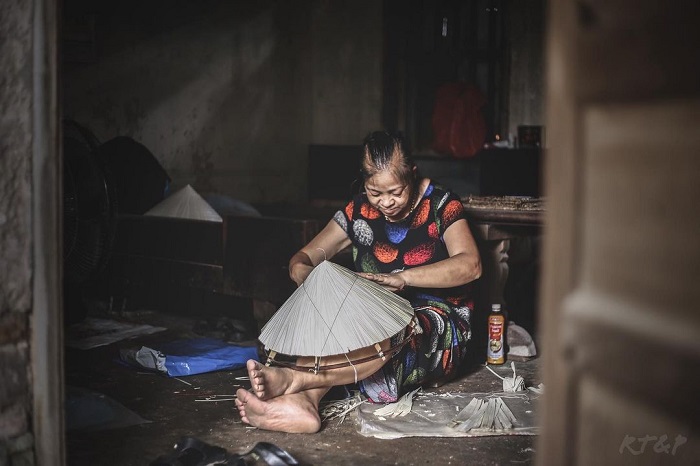
The time is only about 2 hours in the morning, so you should remember to go early to visit. How to go to Chuong village: from the center go to Nguyen Trai – Ha Dong direction. Turn left at Ba La junction, continue in the direction of National Highway 21B towards Perfume Pagoda. Go to Kim Bai town about 2km, meet the fork, turn right to arrive.
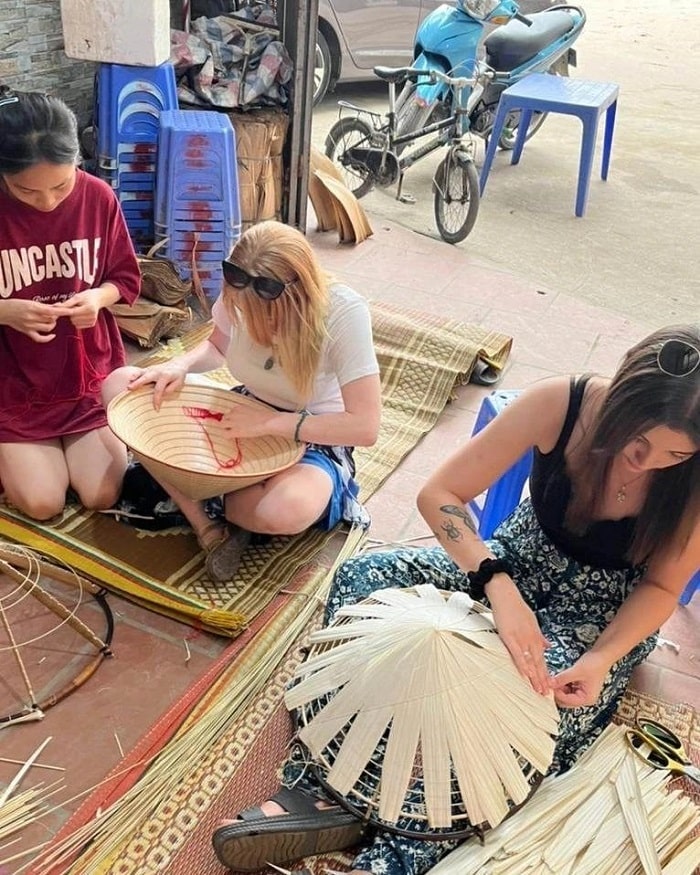
12. Chang Son Fan Village
Chang Son commune, Thach That district, Hanoi has a famous fan making profession hundreds of years ago. Since the 19th century, the exquisite handcrafted fans here were introduced by the French at the Paris exhibition. Come to discover traditional Hanoi culture here, feel the enthusiastic and bustling working atmosphere. The fans are made from bamboo, silk, fabric, paper, … with all kinds of eye-catching colors.
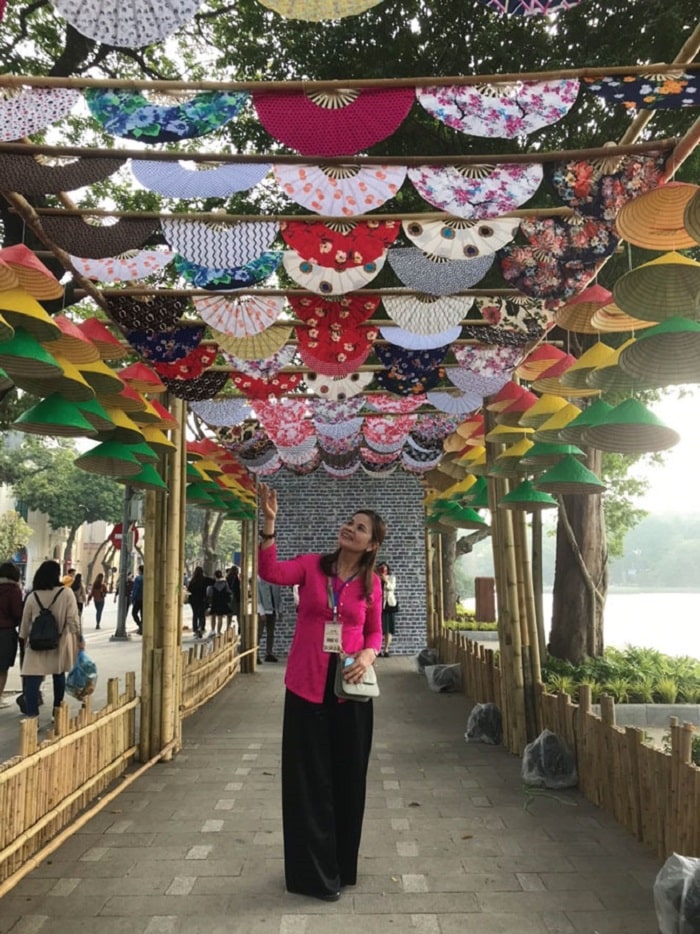
Chang Son fans are not only for daily use, but also suitable as gifts or decorations. Besides making fans, here is also famous for making Buddha statues, making intricate carvings for temples and pagodas, making water puppets, etc. To the village, just go in the direction of Lang – Hoa Lac highway, passing about 25km. Turn to Thach That road. Continue for 10km to see the signpost leading to Tay Phuong Pagoda, turn right to Chang Son village.
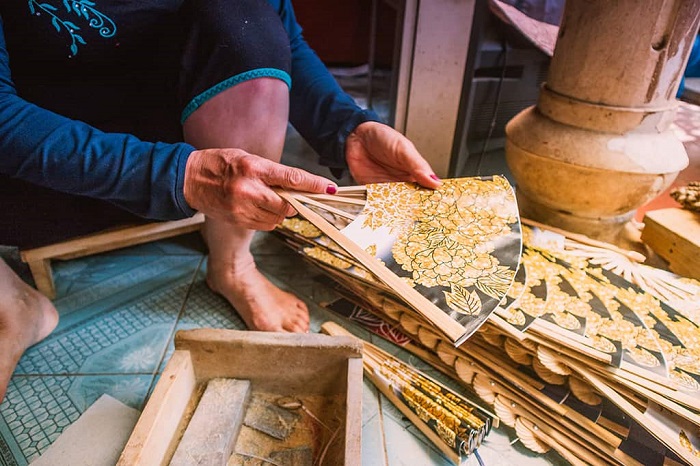
13. Dao Thuc Water Puppet Village
The famous traditional craft village in Hanoi is located in Thuy Lam commune, Dong Anh district. With a history of nearly 300 years, it has preserved and developed the folk art of water puppetry handed down by the forefather Nguyen Dang Vinh – the inner court of the Le Dynasty. Come learn about the ups and downs of the profession, see the process of creating soulful water puppetry. In particular, you can also watch special water puppet shows and listen to deep lyrical folk songs.
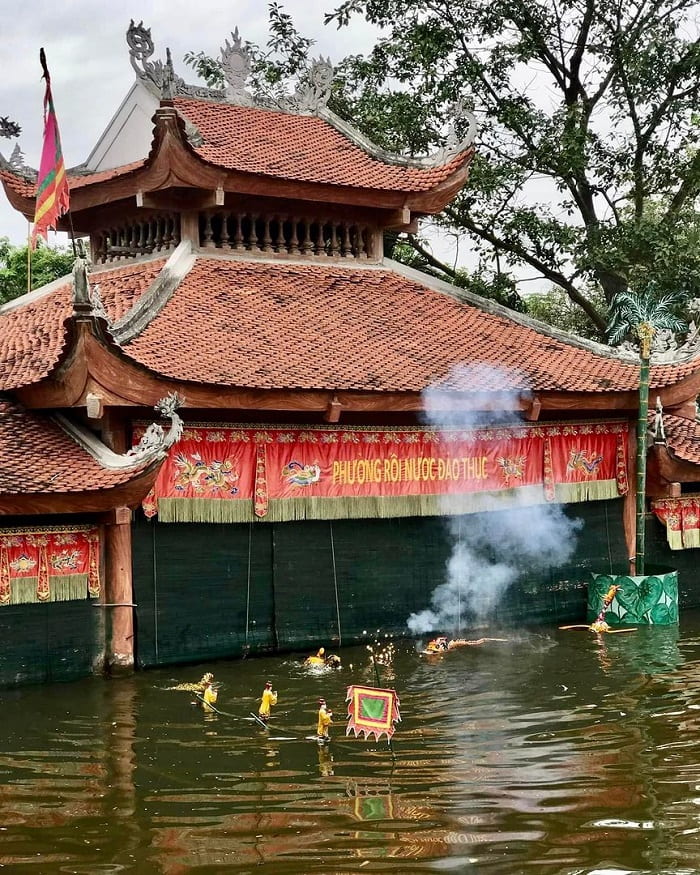
14. Dao Xa ethnic musical instrument village
Dong Lo commune, Ung Hoa district has a famous craft village making folk musical instruments. It is the birthplace of traditional ethnic musical instruments: lute bau, lute lute, Pi Ba, bottom lute, lake tree, chirping tree, etc. Many families in the village have been attached to the profession for several centuries, even though they have musical knowledge, they still create unique bass instruments.
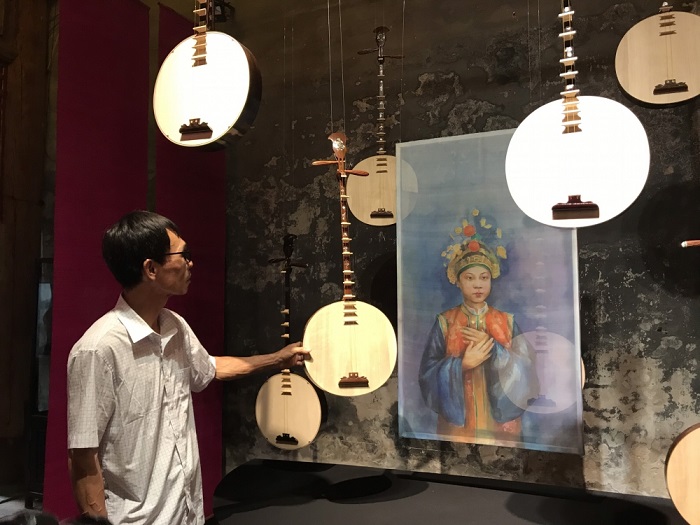
15. Dinh Cong Jewelry Village
In the Northern Delta, this village dating from the Early Ly Dynasty is one of the four famous traditional jewelry villages. After many ups and downs, the profession has also gradually disappeared, but today there are still some people who stick with it and devote a lot of enthusiasm to teaching those who want to study. Coming here, in addition to sightseeing, learning how to do, you can also buy jewelry products as gifts.

The capital has been famous since ancient times with craft villages making quintessential and unique products. Traditional craft villages in Hanoi today, despite being heavily influenced by time and the development of society, are still interesting places to visit and discover culture. If you have the opportunity, come learn to love more about the people who make artful works for life.
Photo: Internet (Vinlove.net)
Đăng bởi: Phú Huỳnh

